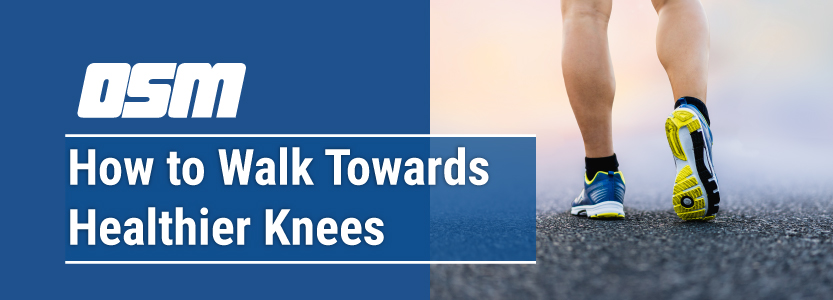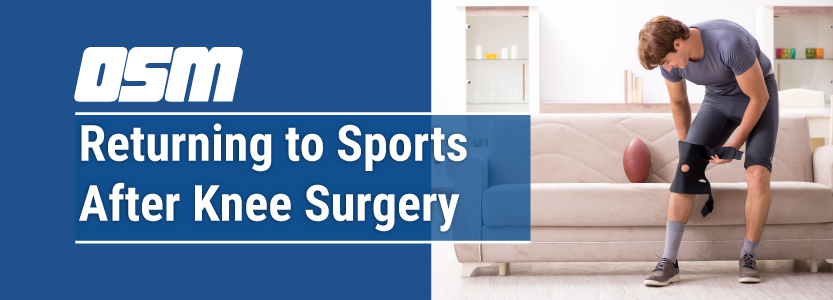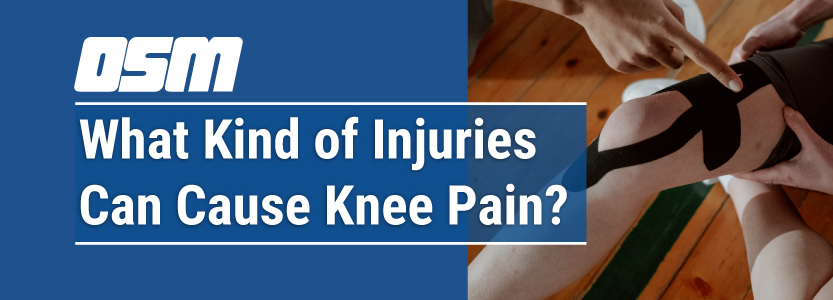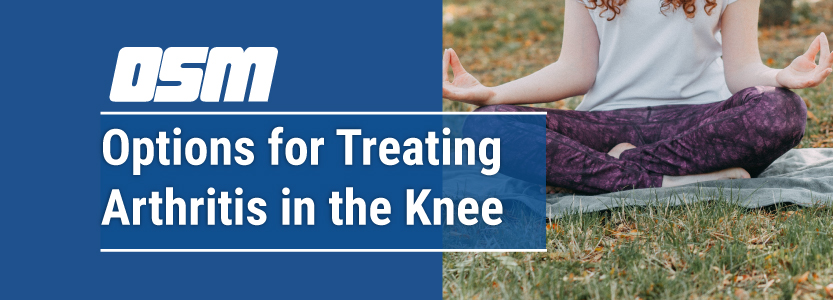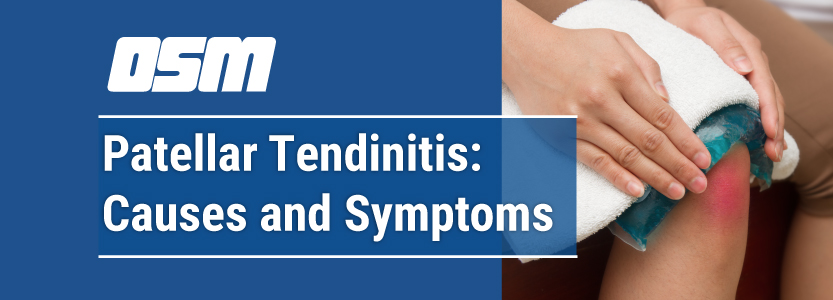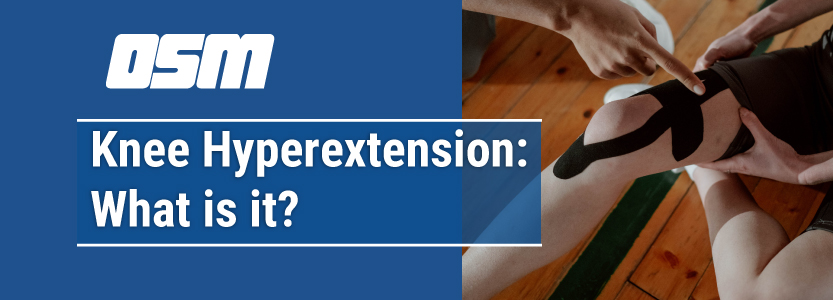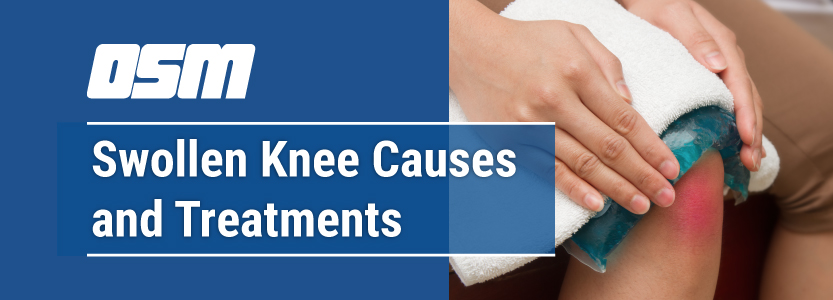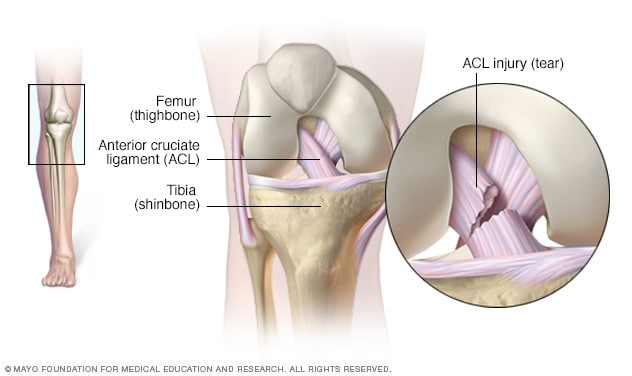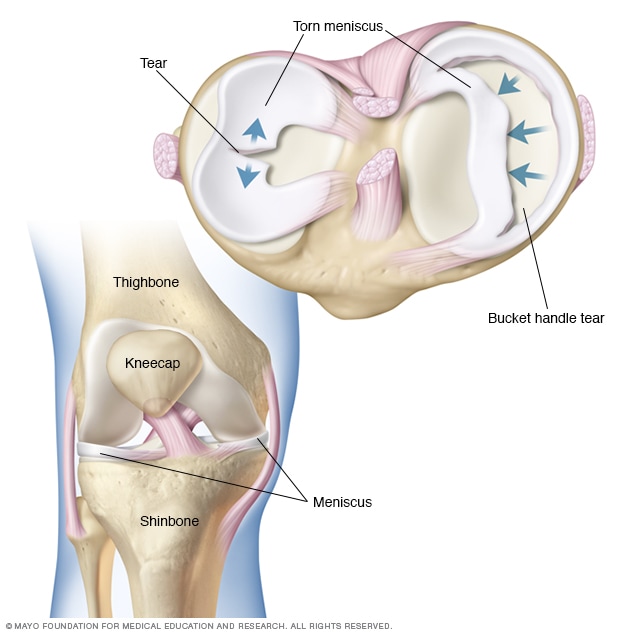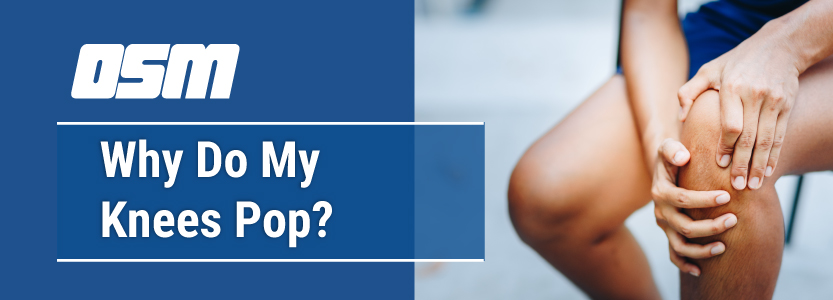How to Walk Towards Healthier Knees
Article featured on ScienceDaily
A new study published today in Arthritis & Rheumatology led by researchers at Baylor College of Medicine reveals that walking for exercise can reduce new frequent knee pain among people age 50 and older diagnosed with knee osteoarthritis, the most common form of arthritis. Additionally, findings from the study indicate that walking for exercise may be an effective treatment to slow the damage that occurs within the joint.
“Until this finding, there has been a lack of credible treatments that provide benefit for both limiting damage and pain in osteoarthritis,” said Dr. Grace Hsiao-Wei Lo, assistant professor of immunology, allergy and rheumatology at Baylor, chief of rheumatology at the Michael E. DeBakey VA Medical Center and first author of the paper.
The researchers examined the results of the Osteoarthritis Initiative, a multiyear observational study where participants self-reported the amount of time and frequency they walked for exercise. Participants who reported 10 or more instances of exercise from the age of 50 years or later were classified as “walkers” and those who reported less were classified as “non-walkers.”
Those who reported walking for exercise had 40% decreased odds of new frequent knee pain compared to non-walkers.
“These findings are particularly useful for people who have radiographic evidence of osteoarthritis but don’t have pain every day in their knees,” said Lo, who also is an investigator at the Center for Innovations in Quality, Effectiveness, and Safety at Baylor and the VA. “This study supports the possibility that walking for exercise can help to prevent the onset of daily knee pain. It might also slow down the worsening of damage inside the joint from osteoarthritis.”
Lo said that walking for exercise has added health benefits such as improved cardiovascular health and decreased risk of obesity, diabetes and some cancers, the driving reasons for the Center for Disease Control recommendations on physical activity, first published in 2008 and updated in 2018. Walking for exercise is a free activity with minimal side effects, unlike medications, which often come with a substantial price tag and possibility of side effects.
“People diagnosed with knee osteoarthritis should walk for exercise, particularly if they do not have daily knee pain,” advises Lo. “If you already have daily knee pain, there still might be a benefit, especially if you have the kind of arthritis where your knees are bow-legged.”
The Orthopedic & Sports Medicine Center of Oregon is an award-winning, board-certified orthopedic group located in downtown Portland Oregon. We utilize both surgical and nonsurgical means to treat musculoskeletal trauma, spine diseases, sports injuries, degenerative diseases, infections, tumors and congenital disorders.
Our mission is to return our patients back to pain-free mobility and full strength as quickly and painlessly as possible using both surgical and non-surgical orthopedic procedures.
Our expert physicians provide leading-edge, comprehensive care in the diagnosis and treatment of orthopedic conditions, including total joint replacement and sports medicine. We apply the latest state-of-the-art techniques in order to return our patients to their active lifestyle.
If you’re looking for compassionate, expert orthopedic surgeons in Portland Oregon, contact OSM today.
Phone:
503-224-8399
Address
1515 NW 18th Ave, 3rd Floor
Portland, OR 97209
Hours
Monday–Friday
8:00am – 4:30pm

